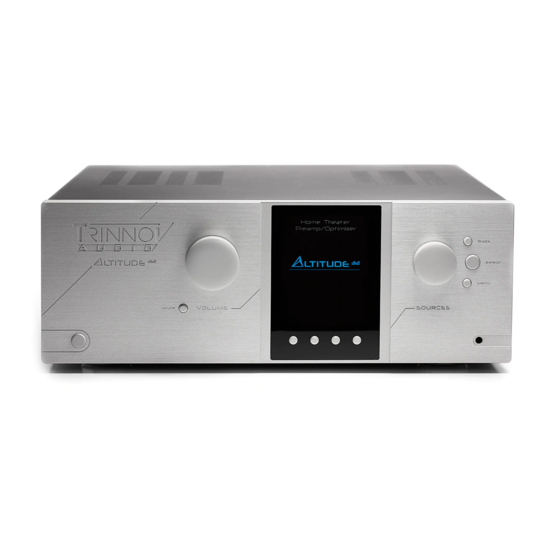
Trinnov Audio Altitude 32 Sound Processor Manuals
Manuals and User Guides for Trinnov Audio Altitude 32 Sound Processor. We have 1 Trinnov Audio Altitude 32 Sound Processor manual available for free PDF download: User Manual
Trinnov Audio Altitude 32 User Manual (167 pages)
Brand: Trinnov Audio
|
Category: Home Theater System
|
Size: 12 MB
Table of Contents
Advertisement
